what animals are considered cute
If you take it from some researchers, there are, give or take, 8.7 million different species living on the planet. 8.7 million! In other words, for every single individual living in New York City, there's a totally different, completely unique animal. You're more than aware of some of them, of course. But for every standard-issue lion or bear, there's a Northern Hairy Nosed Wombat or a Hispaniolan Solenodon.
So scroll on, and say hello to some of the most uncommon beings to live and breathe on the surface of this floating rock. Herein are the rarest animals on earth, ranging from the cute to the extraordinary to the downright scary. And for more of nature's weirdest, check out the 30 Toughest Animals You'd Never Want to Meet in a Dark Alley.
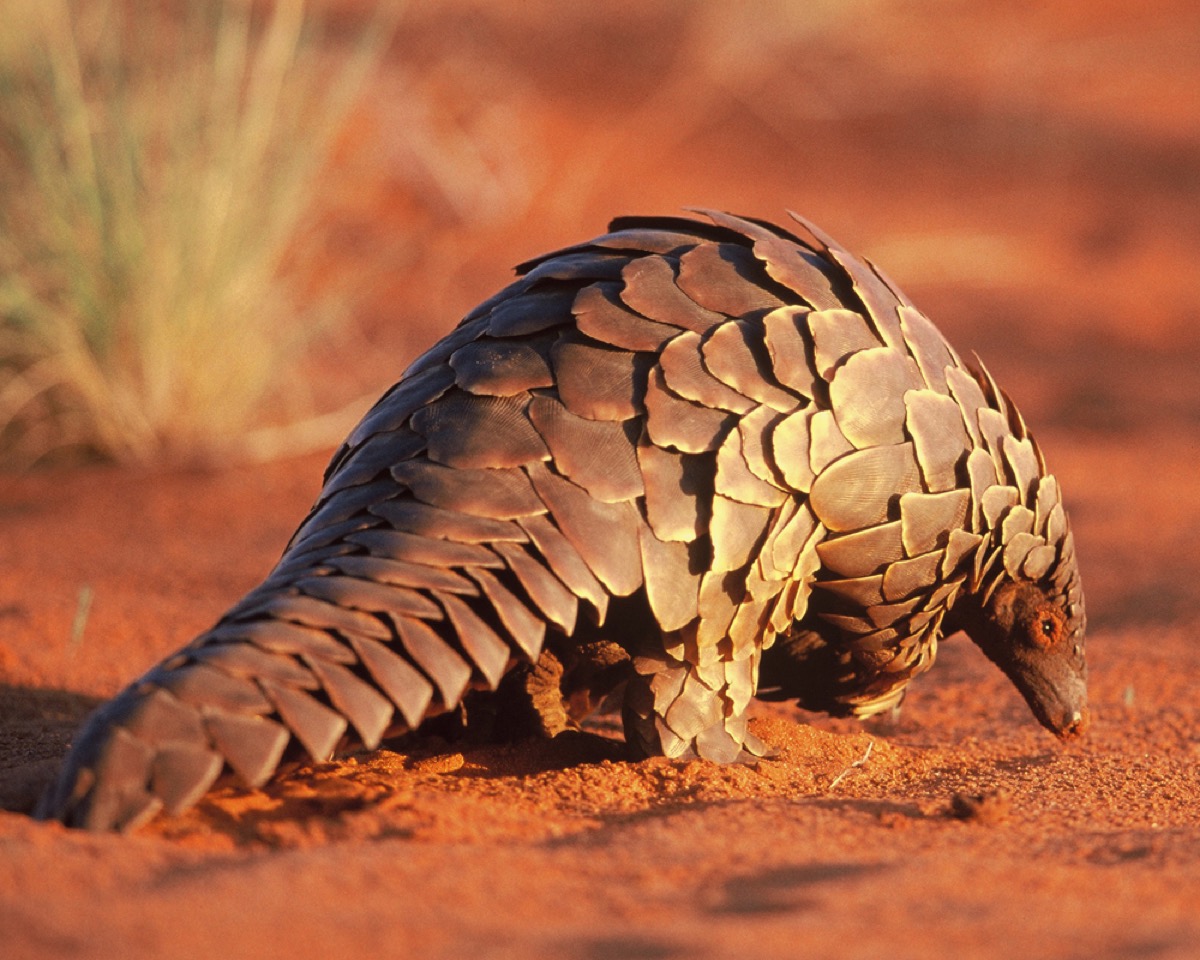
Due to their status as a delicacy in China and Vietnam, and the belief that their scales have medicinal powers, "All four Asian species of pangolin are currently listed as endangered or critically endangered," says Ian Britton, who works in animal rescue in Namibia for REST Namibia and runs the Pangolin & Co. Instagram. In addition, he warns, the four species of African pangolin "are quickly moving in that direction," too (meaning toward critically endangered). With their unique look and scales made of keratin—yes, the same keratin that people pay big bucks for at the hair salon—it's unfortunate that the pangolin holds the distinction as the world's most trafficked animal.

The Seneca white deer are an extremely rare herd of deer who are leucitic, meaning they lack pigmentation in their body, but still have brown eyes. Due to their limited number—there are about 300 in total—the species was given a protected space at the former Seneca Army Depot, where they are free from predators and open to the public to view.
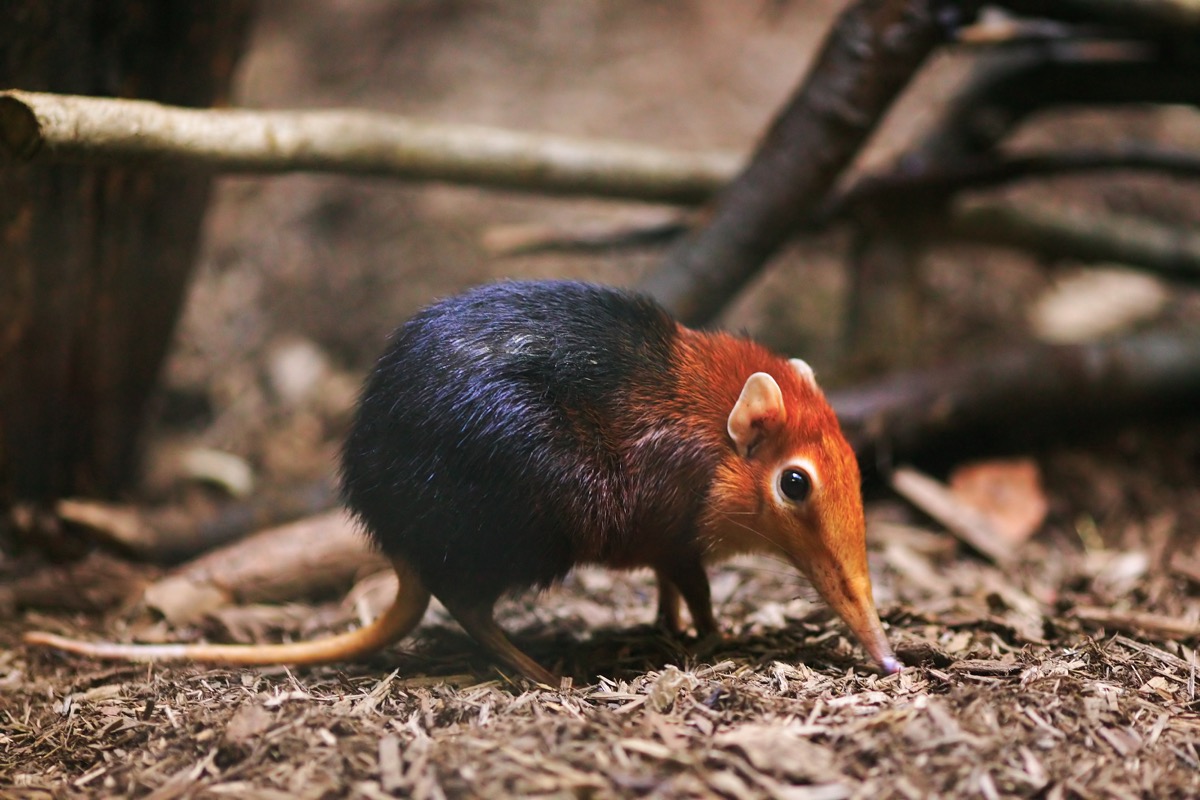
"One of my favorite [creatures]" says Chris Riley, owner of travel site DaringPlanet.com, is the elephant shrew—or, if you go by its proper name, the Boni Giant Sengi. "Indigenous to the Boni Dodori forest in Kenya," he explains, the elephant shrew "has a very unusual appearance, with the body of a mouse and the head of a miniaturized anteater."
Unfortunately, due to deforestation, he says, the shrew's population has shrunk rapidly, and it "probably won't be all that long until it disappears" entirely. Approximately 13,000 total elephant shrews still exist along 19 different subspecies in the world, though some populations—such as those in the Gede Ruins National Monument—number as few as 20 individuals.
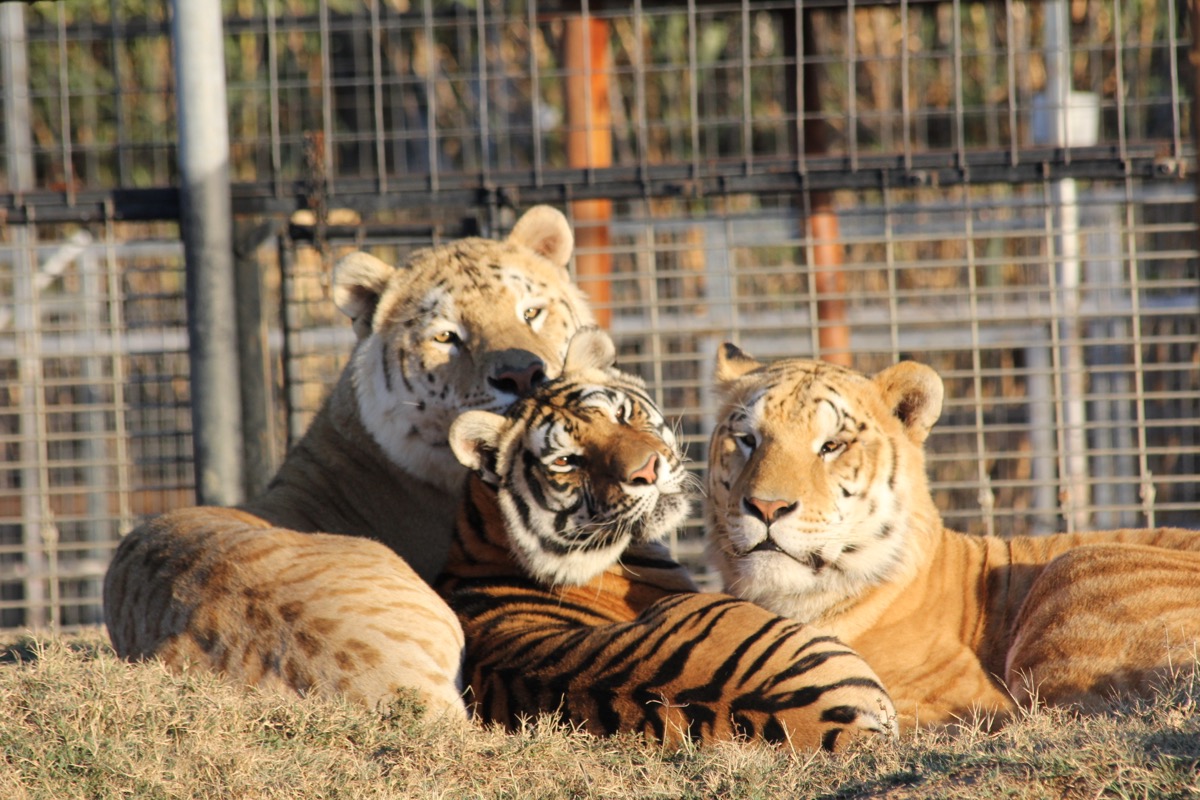
"The Ti-Liger," says Danielle Radin, a journalist and ethologist, "is one of the rarest animals on the planet." In fact, this man-made mix between a liger and a tiger is barely spotted. There exists one in Oroville, California, she says, as well as somewhere between six and 10 in total around the globe. While they are usually much larger than the average tiger cub, the species—unlike other Dr. Moreau-like crossbreeds—don't usually have the health problems of their hybrid peers, meaning there's a possibility of their population increasing.
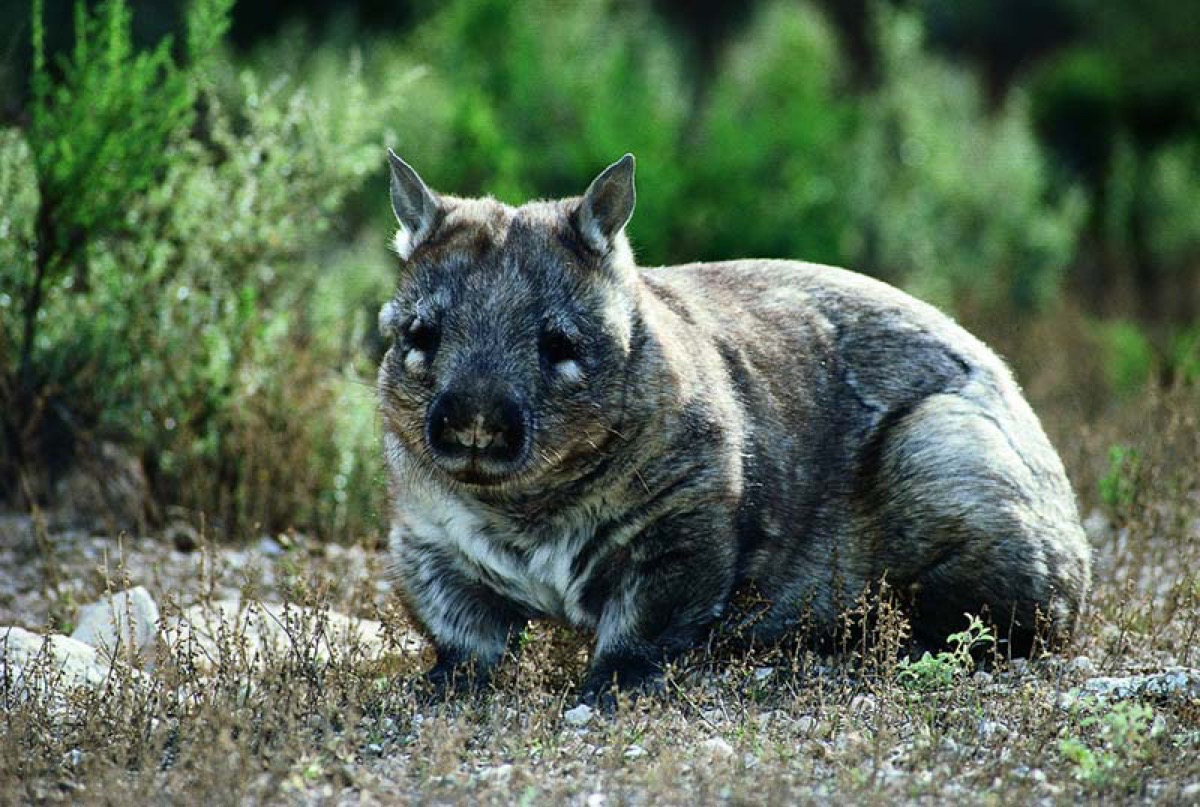
While you may have seen a wombat at your local zoo, odds are you've never set sights on this furry fella. Born with spectacularly poor eye sight, these cute critters use their noses to search for food in the darkness. All in all, Radin explains, "there are only about 115 left in the wild, all of which are found in Queensland, Australia."
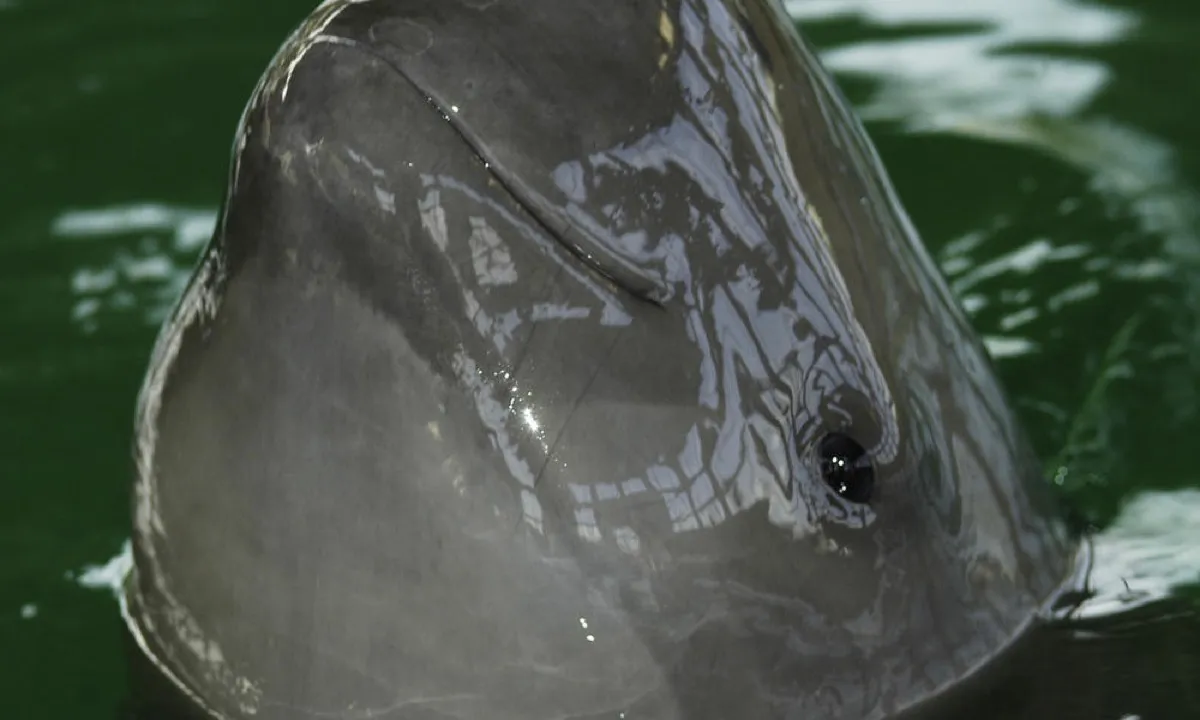
The Yangtze River, the longest river in Asia, was once home to two species of dolphin—the finless porpoise and the Baiji dolphin. However, due to man-made environmental changes, the Baiji dolphin went extinct in 2006. Its brethren, the finless porpoise, is known for possessing a "mischievous smile" and the heightened intelligence of a gorilla. Unfortunately, its population is quickly going the way of the Baiji dolphin, currently being listed as "critically endangered" by the WWF. As of 2013, there were 1,000 of them, though that number is thought to have decreased since then.

The vaquita is the world's rarest marine mammal, discovered in 1958 and having been driven almost to extinction since then. With large gray fins and a dark ring around its eyes, this porpoise is recognizable immediately, though they will quickly swim away when approached. Due to their often being drowned in nets used by illegal fishing operations in the Gulf of California, the vaquita has been reduced to a population of around 30 individuals, and seems likely to go extinct before most of people ever get to see one.
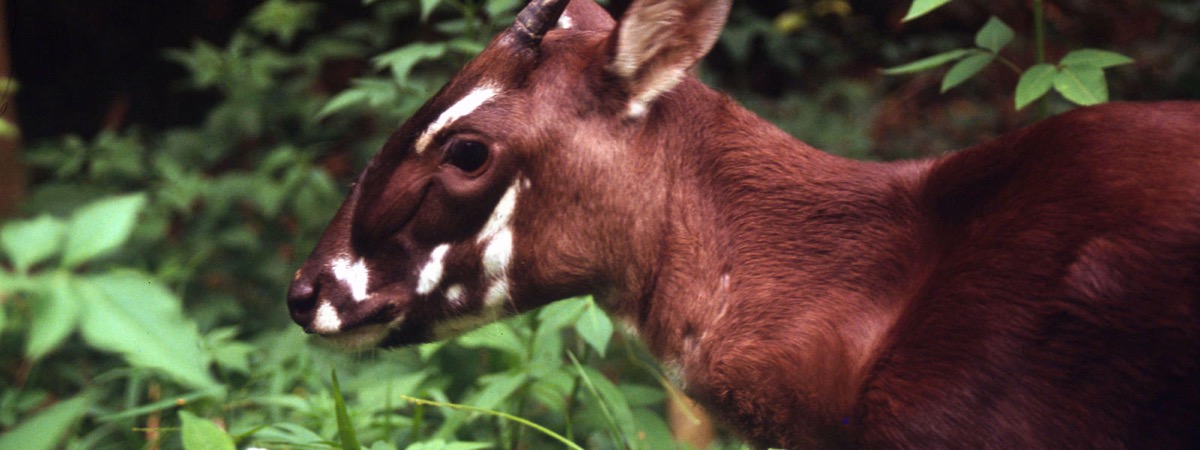
Discovered in 1992, the saola is a rare breed of mammal native to Vietnam. With two long, parallel horns, the creature is often referred to as the "Asian unicorn." Resembling an antelope, but technically related to cattle, the saola are found only in the Annamite Mountains of Vietnam and Laos, making their population—albeit certainly extremely small—unknown in exact figures to researchers.
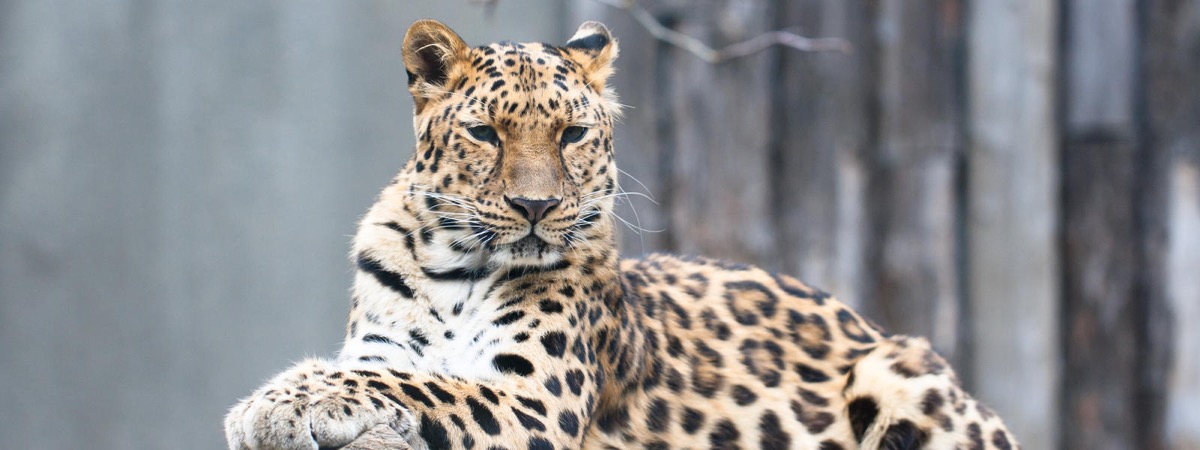
The Amur leopard is unique for its kind in that, instead of the savanna, it's settled in the Russian Far East. With particularly warm fur, and the ability to run up to 37 miles per hour, the Amur is truly a feat of nature. Despite a lifespan of 10 to 15 years, however, the Amur is extremely rare, with only about 84 currently being counted by the WWF.
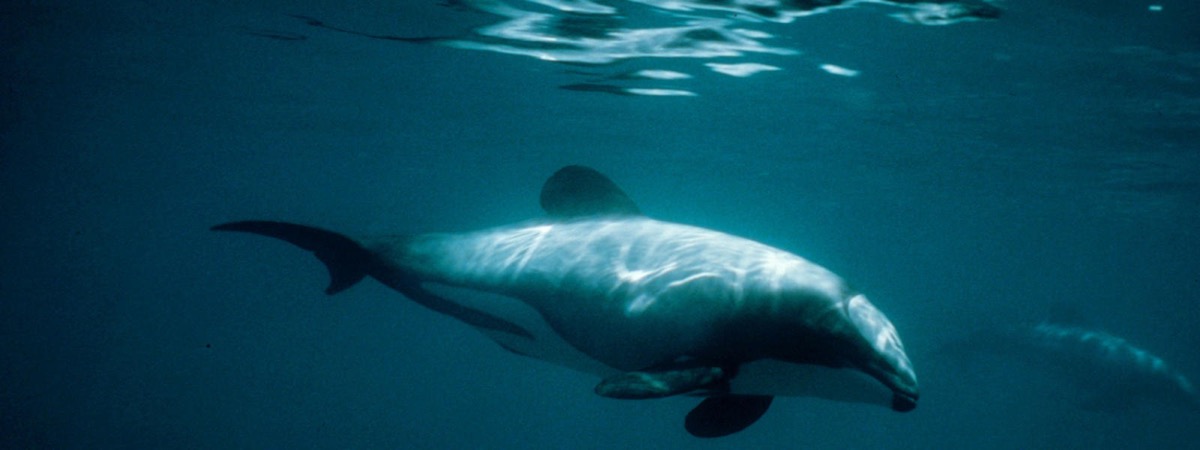
Hector's dolphins are not only the rarest but also the smallest, marine dolphin in the world. With short, husky bodies and distinctive facial markings, these unique dolphins are found only in the waters along New Zealand's North Island. Current estimates place the species at around 7,000 individuals, with some subspecies having populations as small as 55.
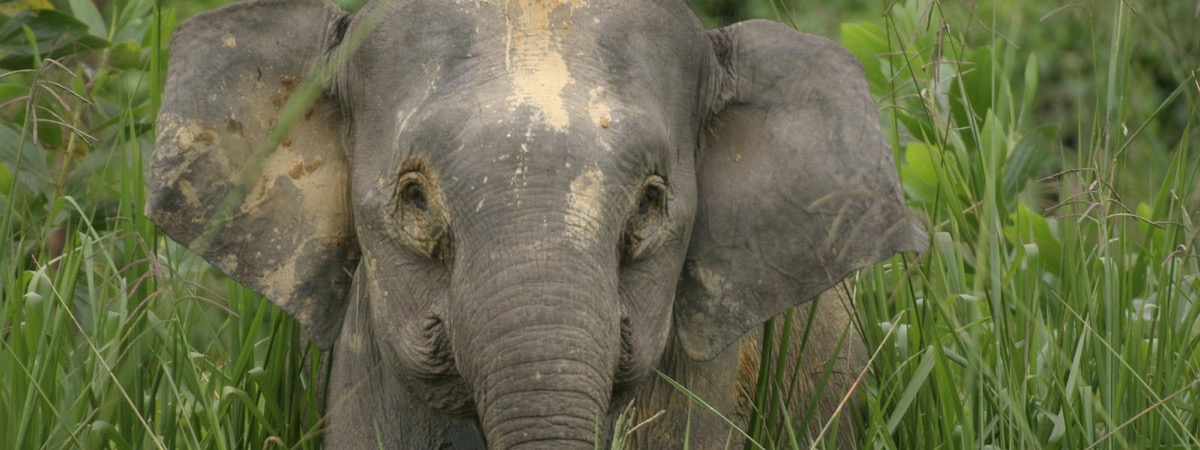
The Borneo pygmy elephant—known for being the gentlest of its Asian elephant cousins—has oversized ears, a bulging, and a tail too long for its frame, which often drag on the ground behind them. Despite their cuteness, and their status as the smallest elephants in all of Asia, the Borneo pygmy is critically endangered due to poaching and deforestation, placing their current population at approximately 1,500.
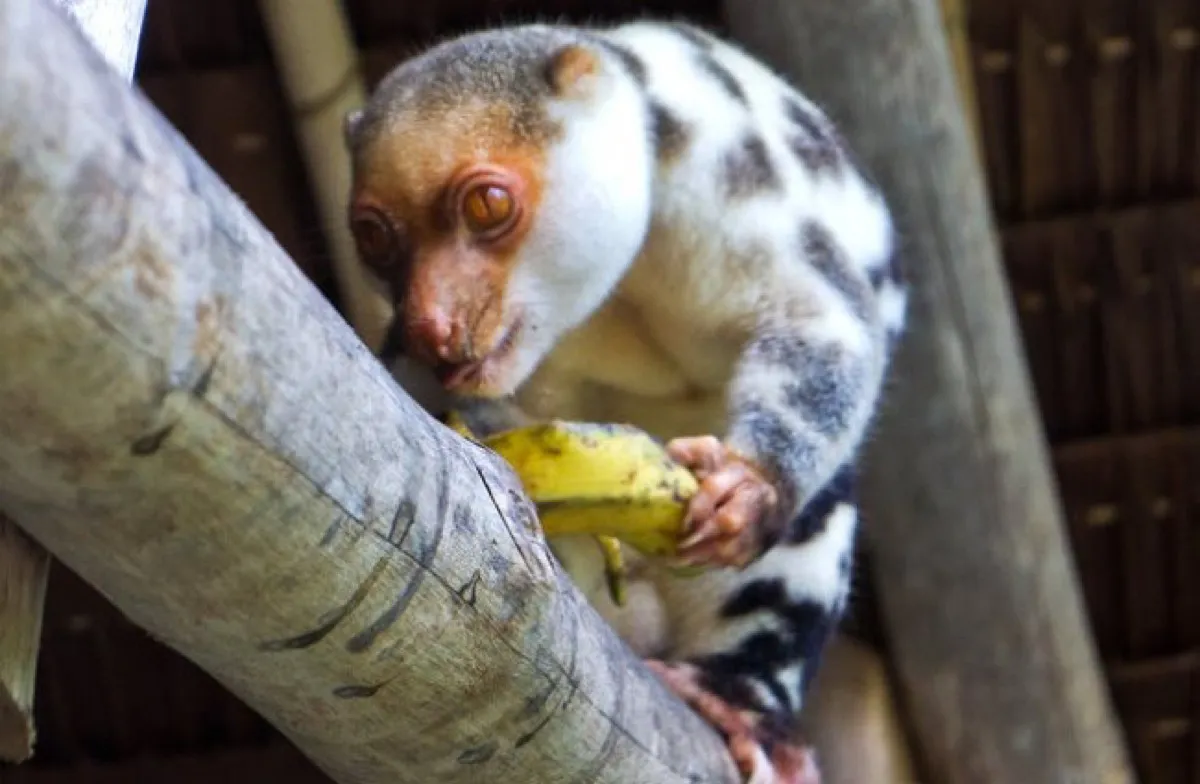
The black-spotted cuscus is a frightening-looking little bugger, with vertical pupils and arched front claws. Only found in New Guinea, the cuscus has sadly been driven to the brink of extinction due to hunting pressures and deforestation. While exact population numbers are not available, the species is listed as "rare" and has been critically endangered since 2010, in some cases extirpated completely from its territory.
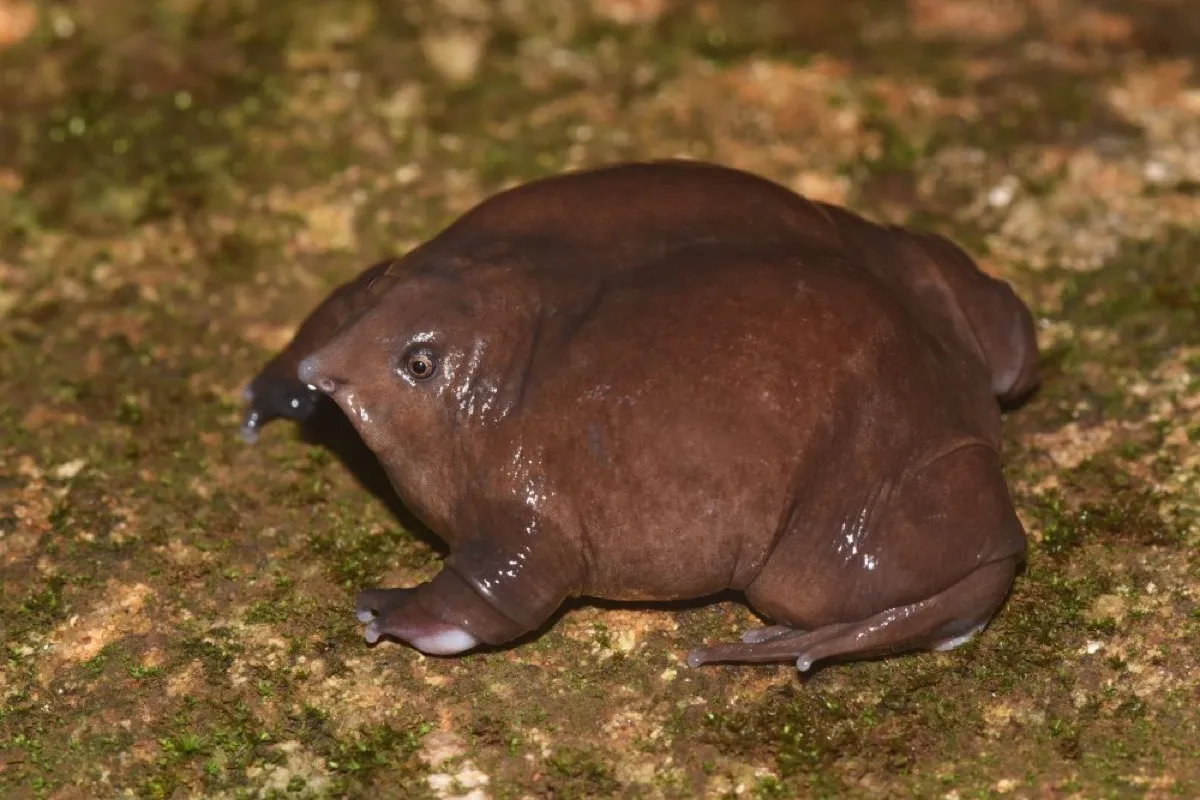
The purple frog spends most of its life underground, only emerging for a few days each year to breed. Native to India, the species has likely been evolving independently for almost 100 million years. Despite only having recently been inducted into the scientific community—being formally described in 2003—the purple frog is already facing the threat of extinction due to the deforestation. Due to their introverted lifestyle, however, no exact population estimates have been made.
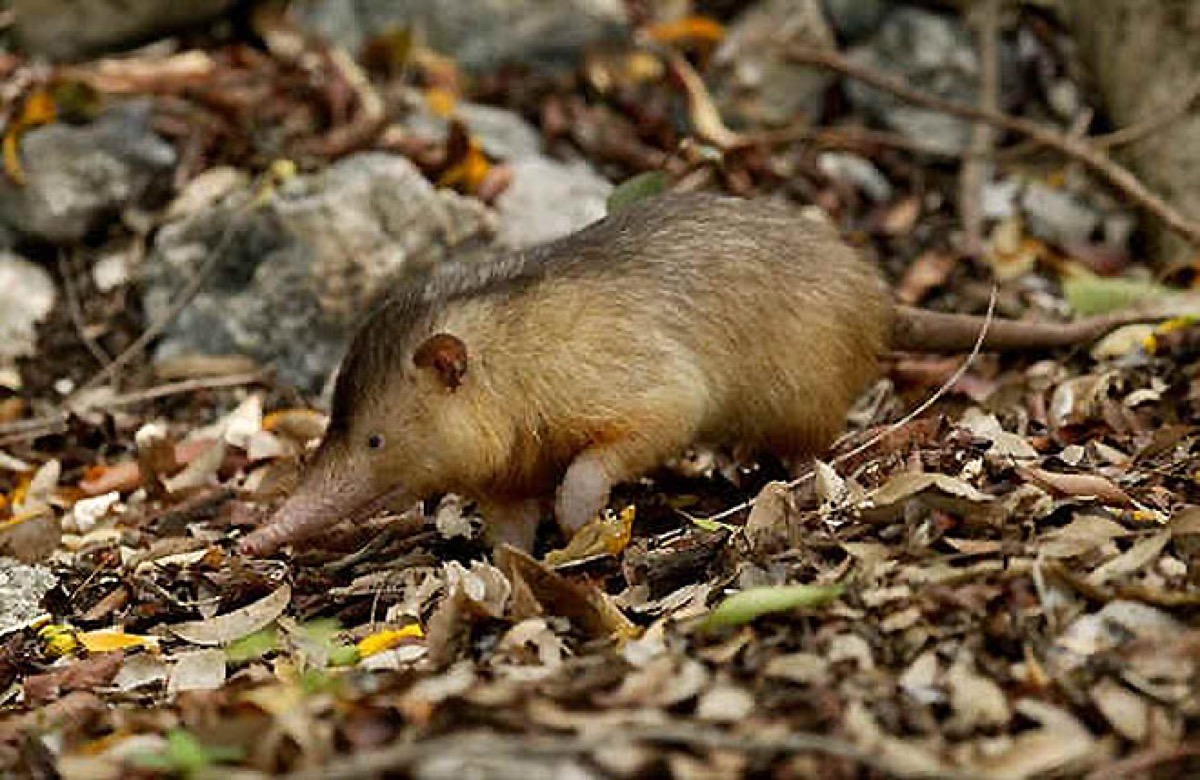
The Hispaniolan solenodon holds a few distinctions outside of its rarity, as one of the few mammals able to produce venom, as well as one the last members of a lineage of shrews likely to have lived alongside the dinosaurs. Despite this storied past, however, the solenodon has faced serious pressures since European colonization introduced rats and other predators into their environment. Coupled with a low reproductive rate—two litters of one to three offspring a year—the solenodon finds itself critically endangered as one of the rarest animals left on earth. While exact population figures are unknown, the solenodon only occupies a scant area of 100 square kilometers in Haiti.

Since their discovery in 1974, the Hooded Grebe—who have been found in Argentina and Chile—have seen their population decline by 98 percent due to climate change and invasive predators. Coupled with a low reproductive rate, this distinct animal is now on the verge of disappearing, with only about 800 members left.
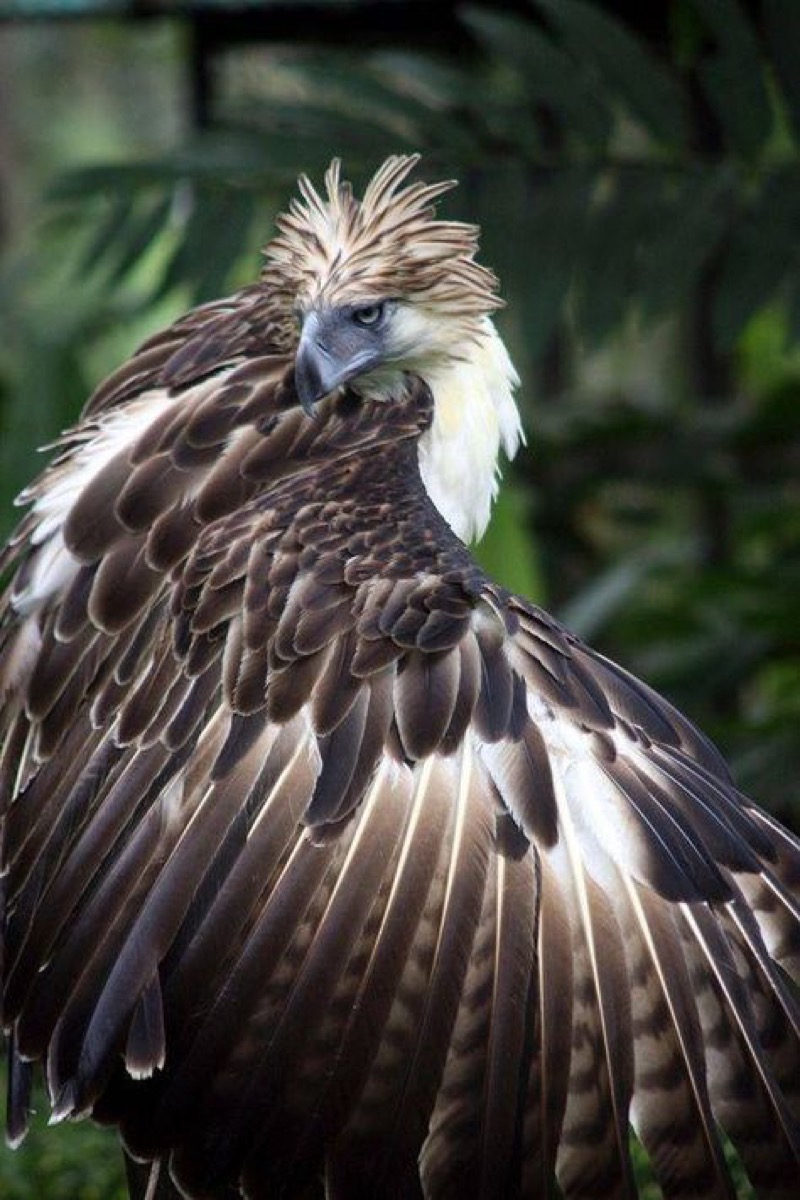
Formerly known as the "Monkey-eating eagle," this Philippines native is one of the strongest birds of prey, able to use its strong beak to attack monkeys, snakes, and lizards. Despite being named the National Bird of the Philippines, however, this eagle has faced serious population pressures in the past 40 years due to deforestation and severe weather, leaving them with a population under 300.
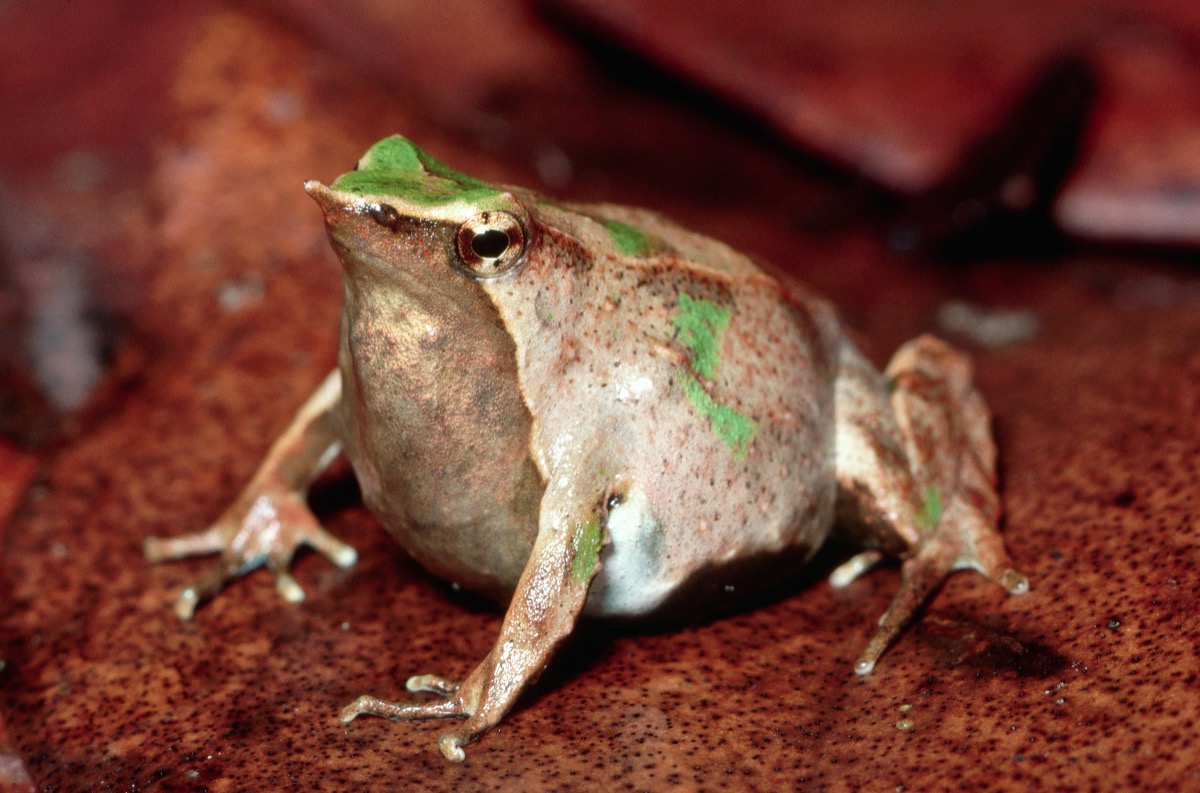
The Northern Darwin's Frog—endemic to Chile—is one of only two frogs in the world to undergo "mouth brooding," in which a child is reared within its father's vocal sac. Despite being around since at least 55 million years ago, the frog has been all but wiped from the face of the earth—one has not been seen since 1981—largely due to deforestation, climate change, and possibly disease. Nonetheless, hope remains, according to the Zoological Society of London, that one may be seen eventually, and so they are not yet listed as completely extinct.
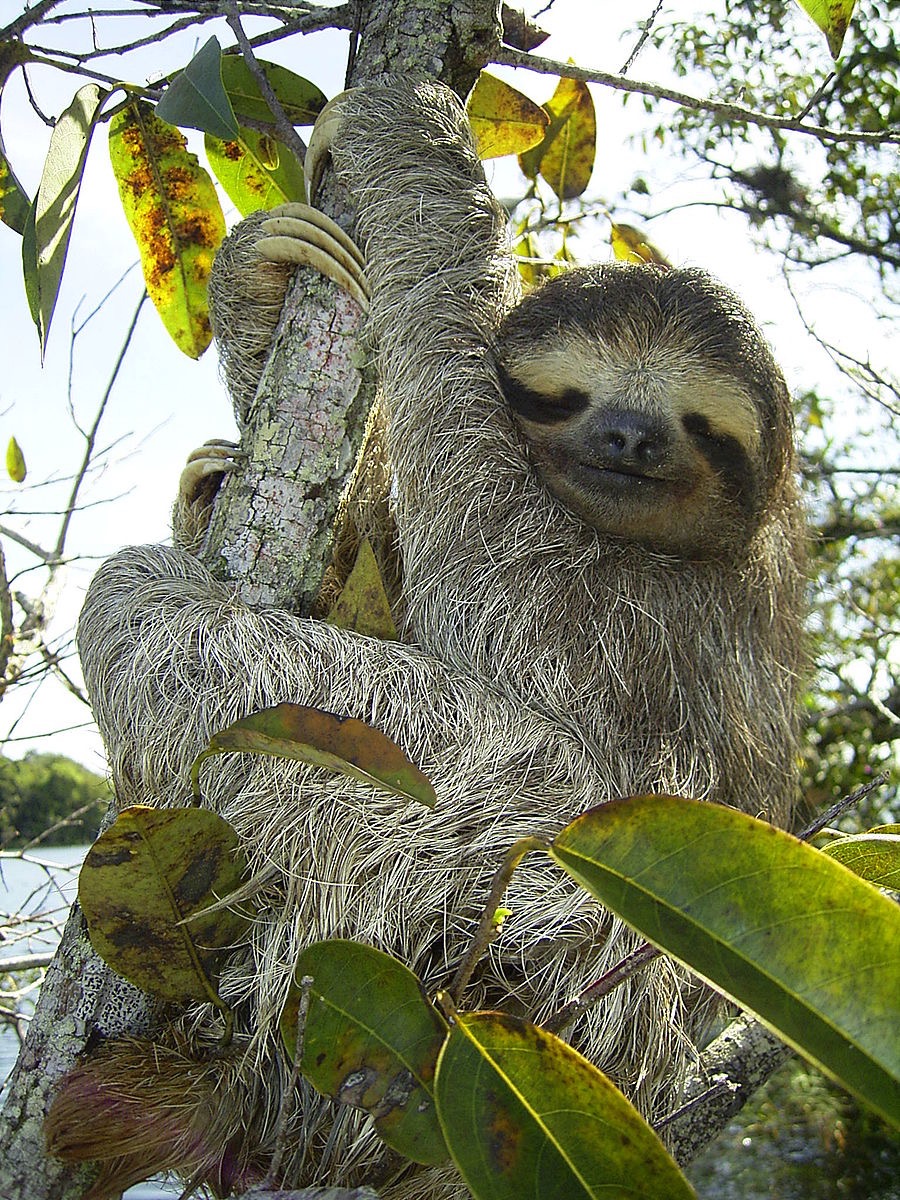
Known for being extremely slow—some might say "lazy"—the pygmy three-toed sloth can only be found on an island off of Panama. In addition, they only leave their homes in the canopy of the trees in order to defecate, an activity which they can go almost a week without doing. And, due to environmental changes, the sloth is even more hard-to-find than usual: experts place its population at under 100, and shrinking.

The Seychelles sheath-tailed bat—so-called because of its long, membranous cape-like skin, which can be lengthened or shortened for help during flights—was once common on the Seychelles Islands. Due to the clearance of their habitat for plantations, however, their population has undergone intense shrinkage, numbering at less than 100 today.
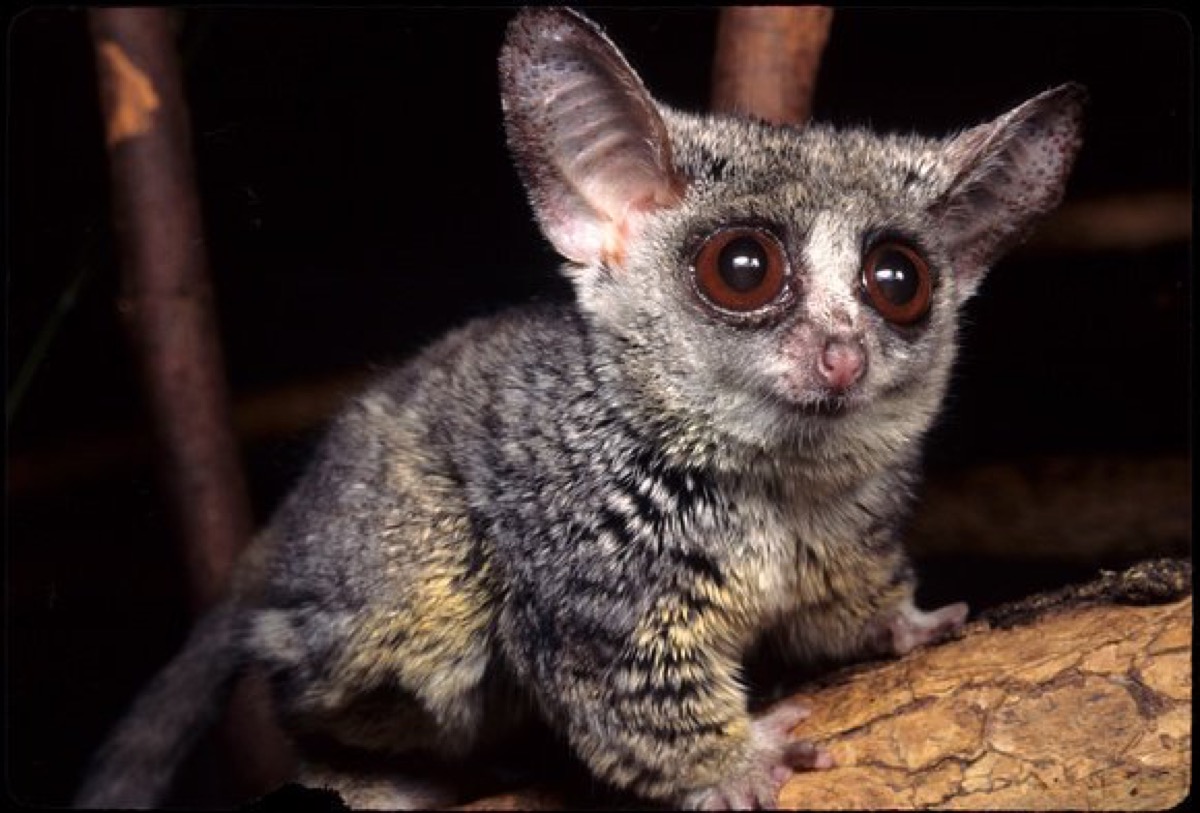
The tiny Rondo dwarf galago typically weighs only about 60 grams and resides in coastal Tanzania. Distinguished by its "bottle-brush" tail and large, dark eyes, the galago has seen its population decline substantially due to logging. At this point, their population remains critically endangered, remaining below levels that allow study. In addition, they can only be found in eight "small and highly threatened evergreen patches," in Tanzania.
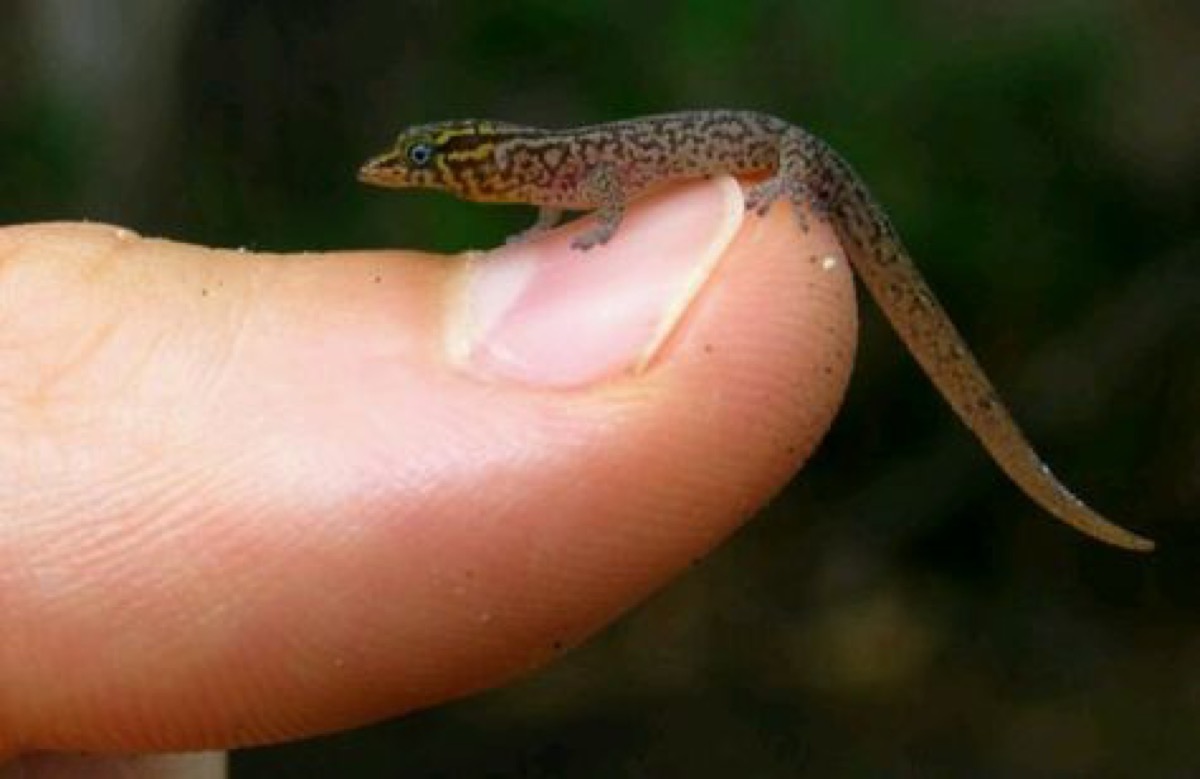
Growing to be only 2 centimeters in length, you could be forgiven for not even noticing a dwarf gecko if it was sitting on your lap. Nonetheless, this native of Colombia has been around since the dinosaurs, and may have even been around during the time that humans and lemurs last shared an ancestor. Unfortunately, their time seems to have run out, as they appear to be largely extinct—with only remote, and infrequent, sightings being reported.
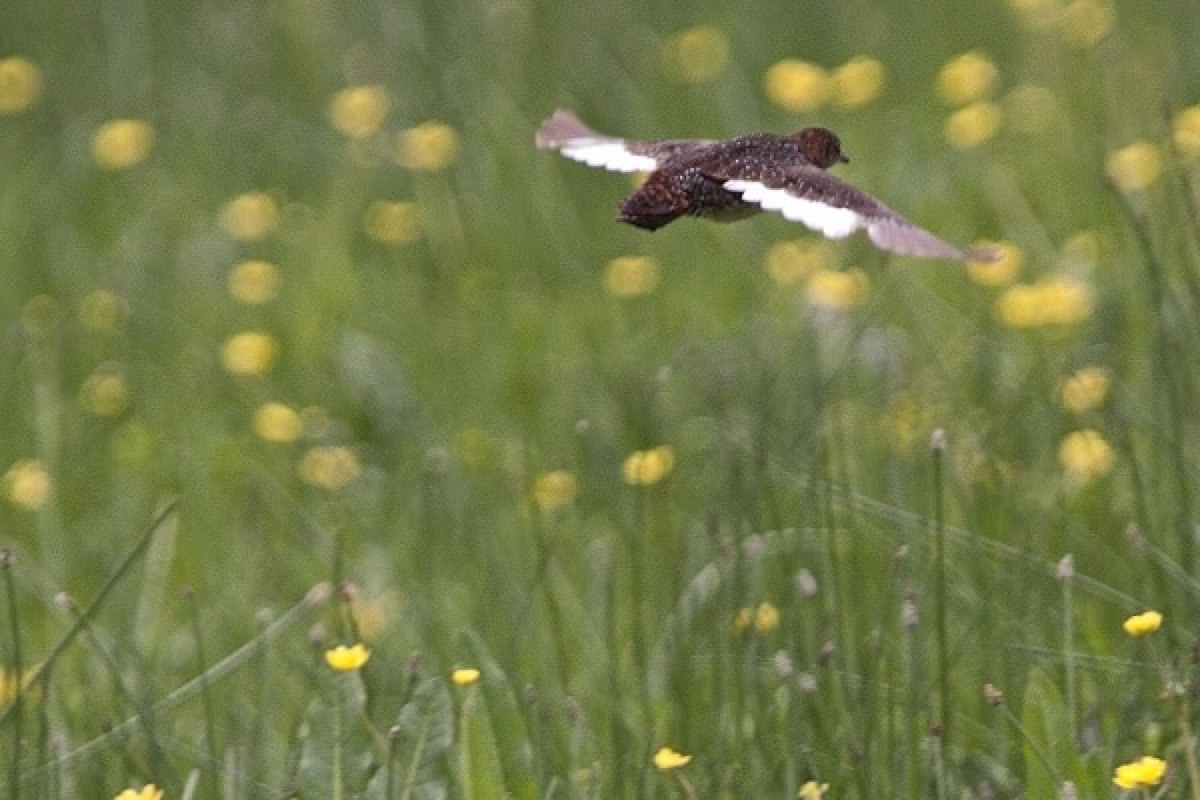
The white-winged flufftail is a tiny bird—only growing to be between 14 to 15 centimeters on average—that can only be found in the highland marshes of Ethiopia. Unfortunately, due to the grazing of livestock on their native lands, as well as the drainage of local marshes, their population has dipped significantly from its already-rare levels, currently being estimated at around 700 worldwide.
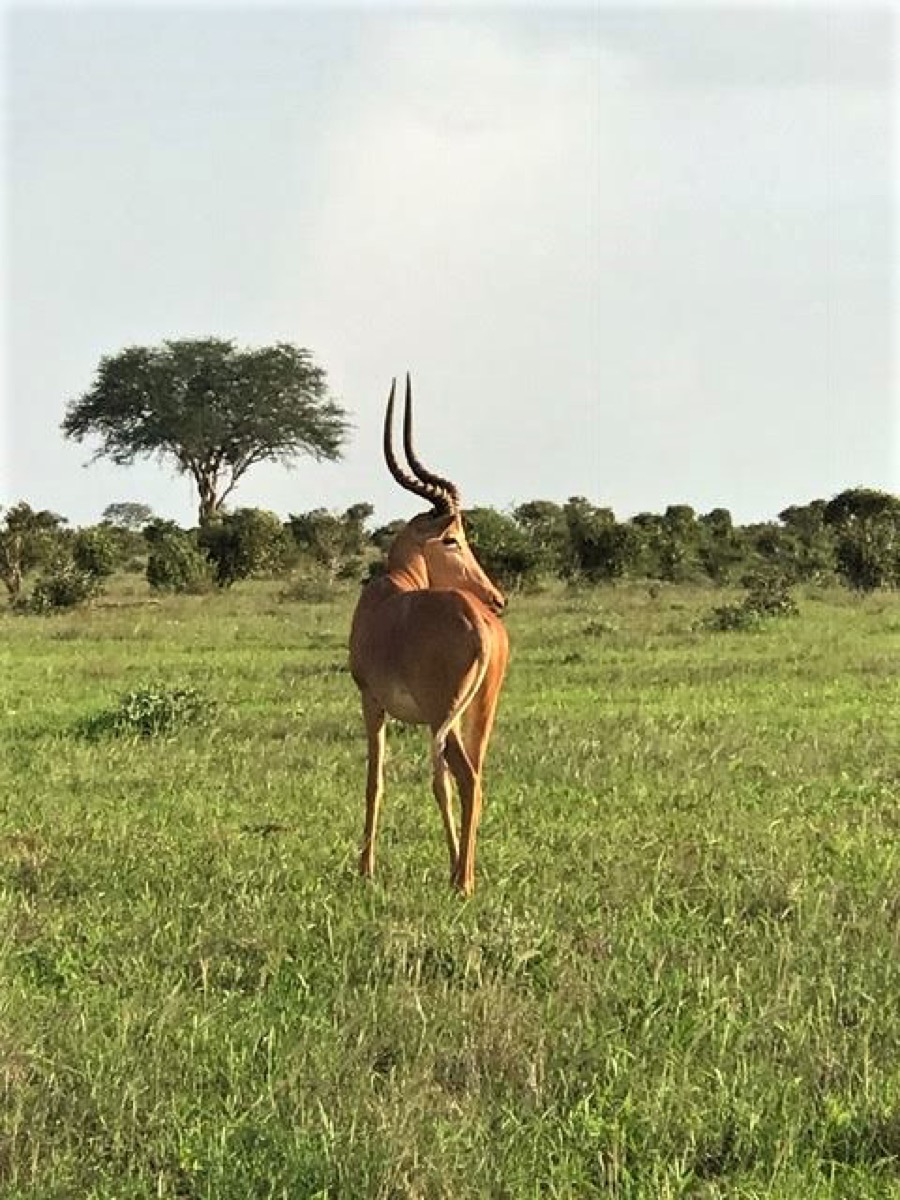
The hirola—so named because of a small Somali community which has given the species refuge and considered it a spiritual being—is among the world's rarest antelope. With distinctive dark glands under their eyes—appearing as if they need sleep—the hirola is also often referred to as the "four eyed antelope." While they were once common in East Africa, drought, poaching, and habitat loss has shrunk their numbers to around 400—and the population is still rapidly in decline.
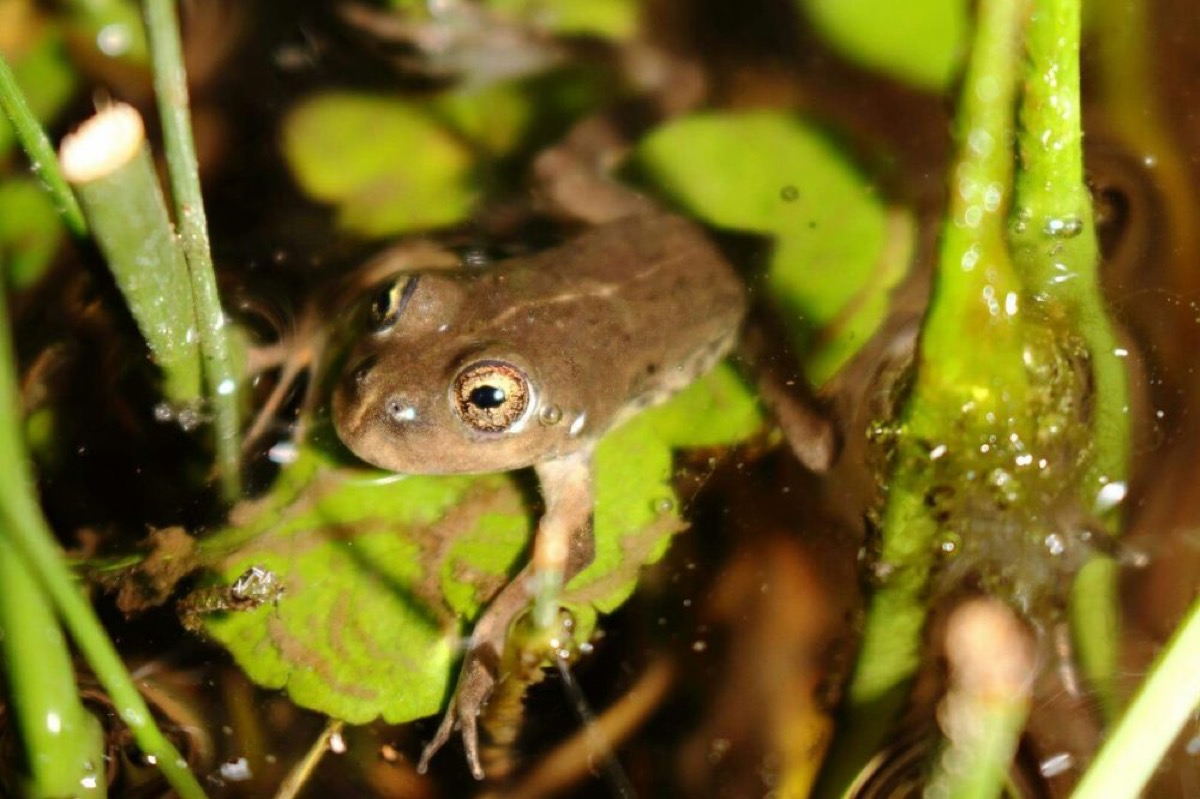
The El Rincon stream frog lives only on a remote plateau in the Argentinean Patagonia. It survives by remaining in thermal-heated springs to protect itself from the below-zero temperatures on the plateau. As is no surprise with an animal whose population occupies less than five square kilometers, the El Rincon is extremely rare. Sadly, however, the building of dams and the introduction of non-native species into their waters has greatly decreased the number of El Rincon to levels below even that of their usual numbers. Currently, it can only be found on a single plateau in Argentinian Patagonia.
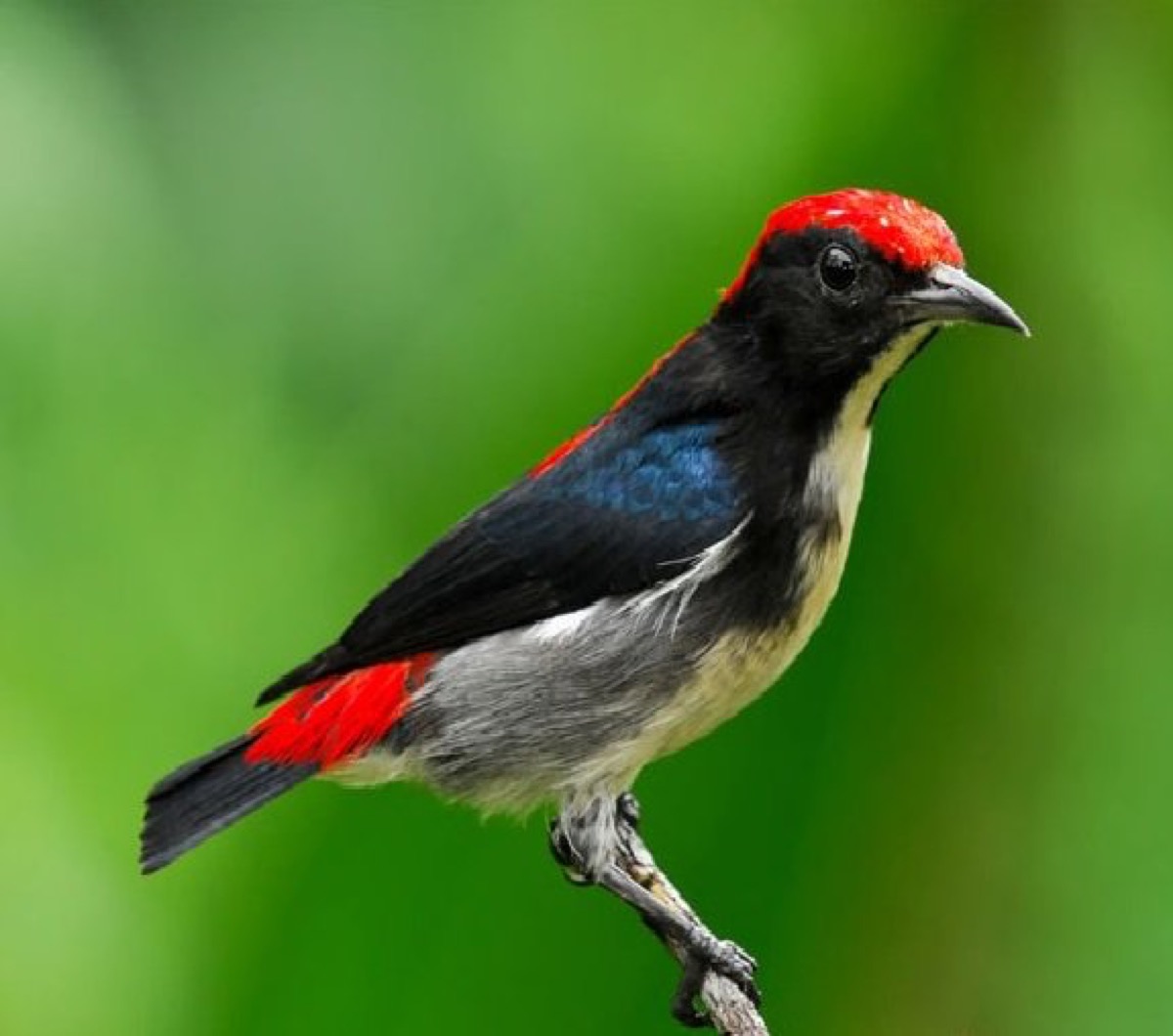
The Cebu Flowerpecker gets its name from the colorful plumage that males exhibit, which includes blue, red, yellow, and white. While thought to be extinct in 1990 due to the almost complete destruction of its habitat, the Flowerpecker was spotted again in 1992. Though its numbers remain extremely small—estimates put them between 60 and 70 members of the species overall—the Flowerpecker can still be searched for on the remote island of Cebu in the Philippines.
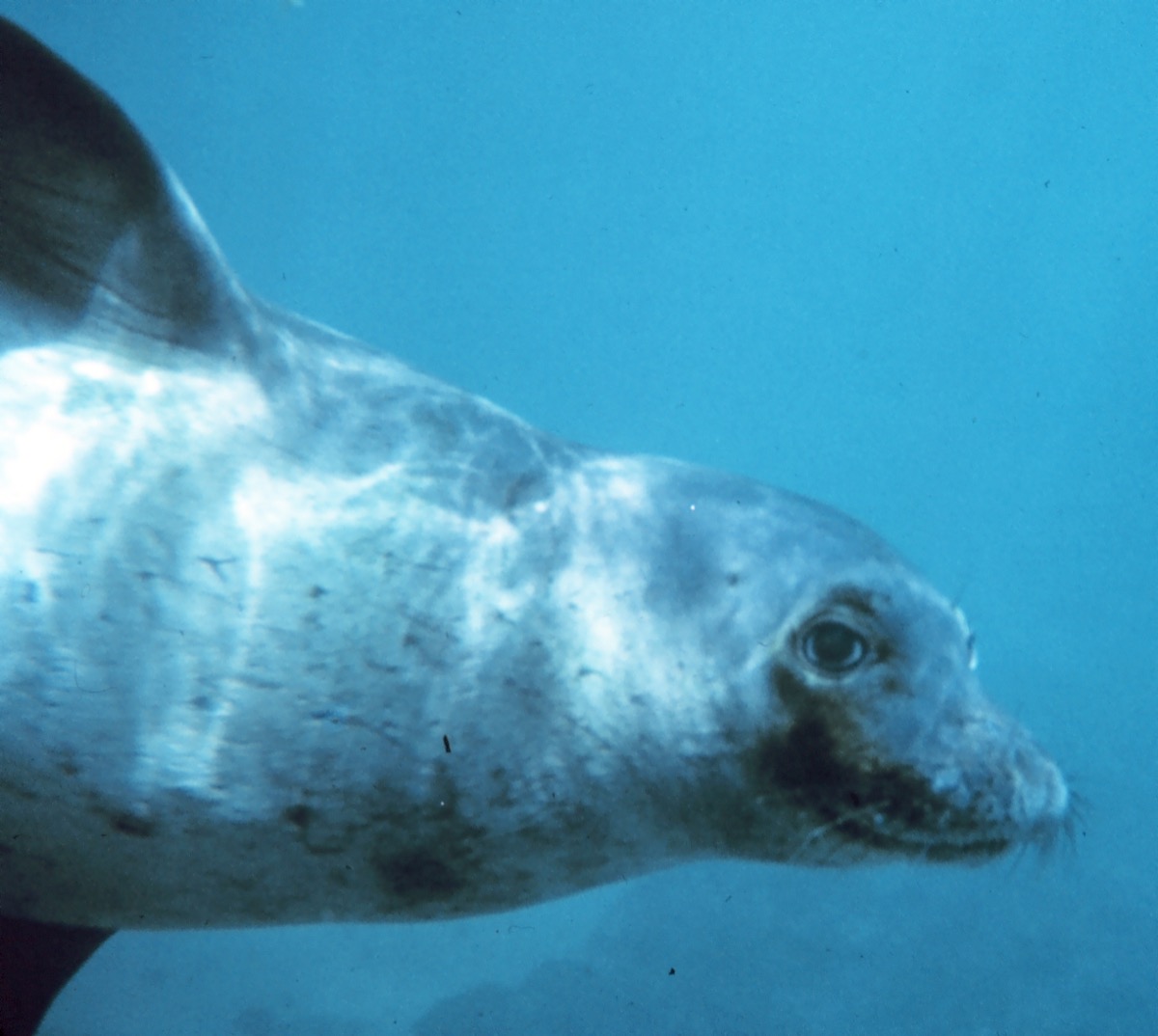
The monk seal—which gets its name from a uniform brown coat resembling a monk's robes—was once revered by the ancient Greeks as a good omen. Now, however, they are the ones who could use some luck, as commercial hunting has left their population in dire straits, with only about 250 monk seals left worldwide. Fortunately, laws have recently been put in place to protect the monk seal, though until they take effect, they remain one of the world's rarest—and cutest—creatures.
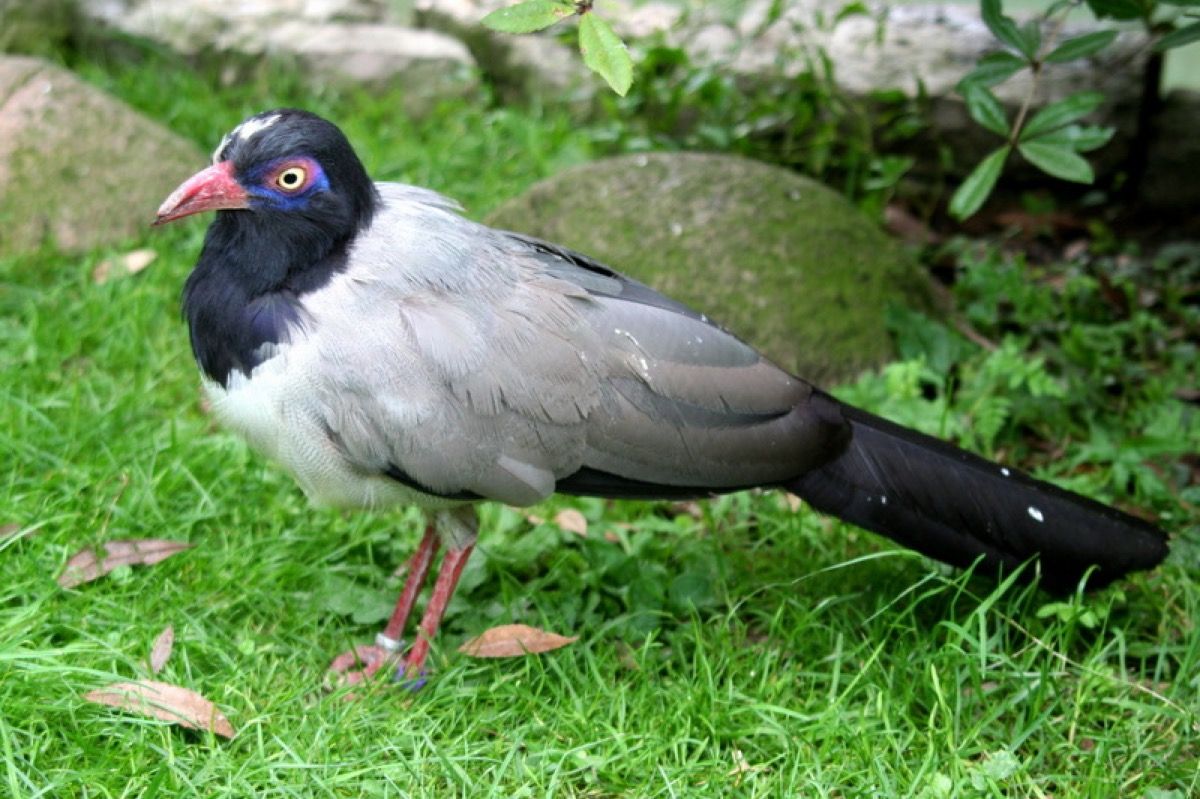
Native to Ecuador, the Banded ground-cuckoo remains somewhat of a mystery. One notable feature, however, is a band of blue skin around the eyes which can both expand and contract. Deforestation of Ecuador in the past few decades has unfortunately decreased their prevalence tremendously, making them one of the rarest avians in the region with a population between 600 and 1,700.
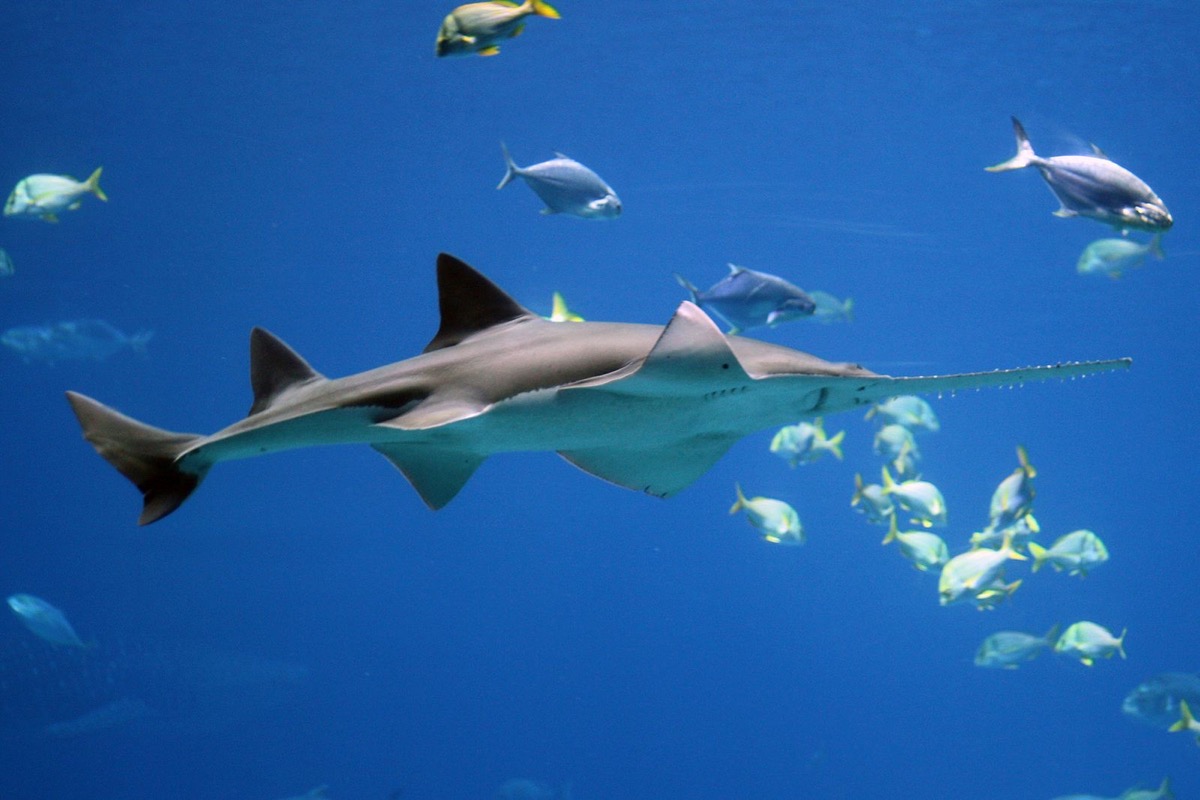
The largetooth sawfish can grow to be up to six feet long and is distinguished by a bill resembling a sideways chainsaw. While they can live to be up to 30 years old, they remain critically endangered due to overfishing. In fact, due to their extreme rarity, definite population estimates can not be made. Only two nations in the Eastern Atlantic, however—where the sawfish was once common—have confirmed records of sighting in the past ten years.

The Chinese giant salamander is one of only three remaining species of giant salamander in the world. Growing up to almost two meters long—60 percent of which is tail length—it's no surprise it's been referred to as a giant. Sadly, due to water pollution and their use as a delicacy in China, the giant salamander is in critical danger of extinction. While exact population estimates can not be made due to its extremely limited numbers, the giant salamander is listed as "extremely rare," with "few surviving populations." If you see one, consider yourself lucky.
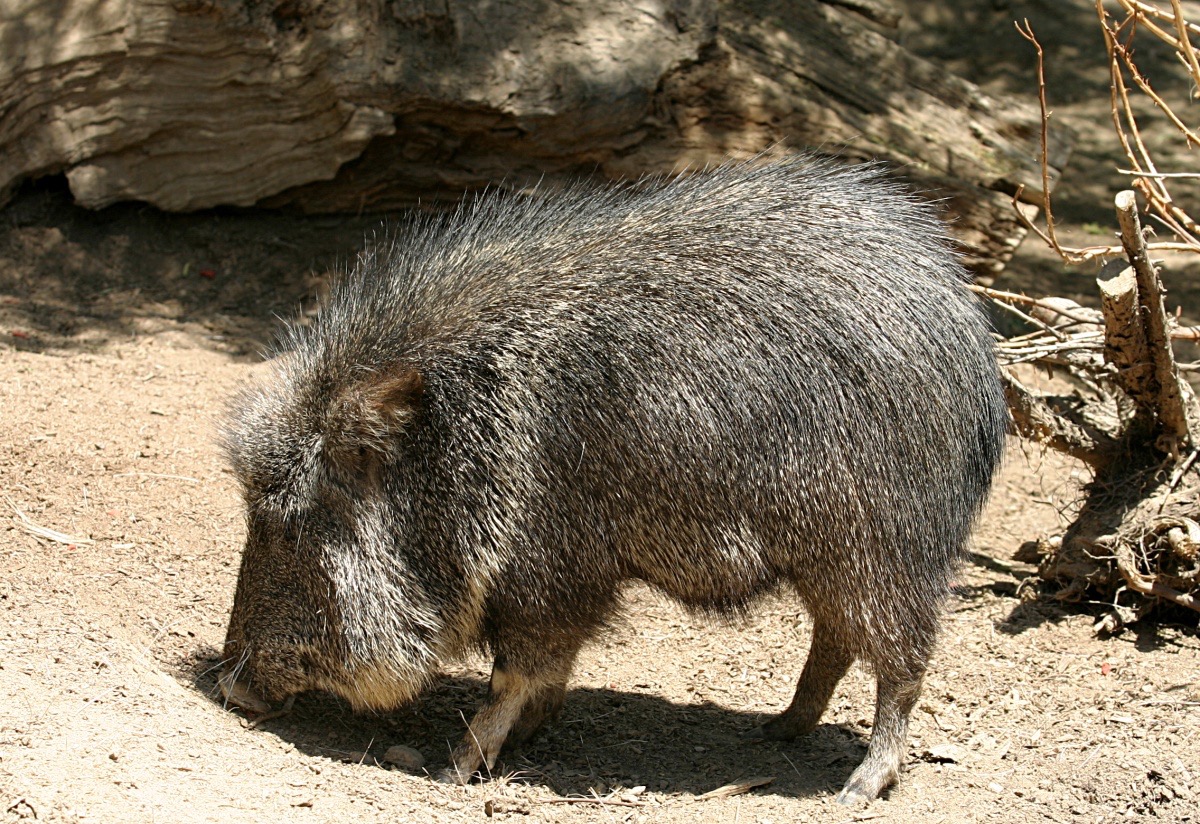
The Chacoan peccary looks like nothing you've seen before—a pig-like mammal with a long snout and a thick coat of bristly fur. While it was long thought to be extinct, a population was discovered in the 1970s in western Paraguay. Nonetheless, it remains on the brink of extinction due to habitat loss and invasive diseases. As of 2002, there were estimated to be 3,200 peccaries left, but that was prior to the massive deforestation of their habitat—the number is likely much lower now.
To discover more amazing secrets about living your best life, click here to follow us on Instagram!
what animals are considered cute
Source: https://bestlifeonline.com/rarest-animals-on-earth/